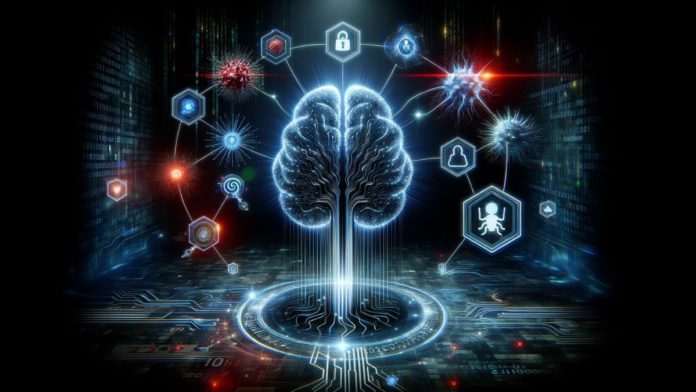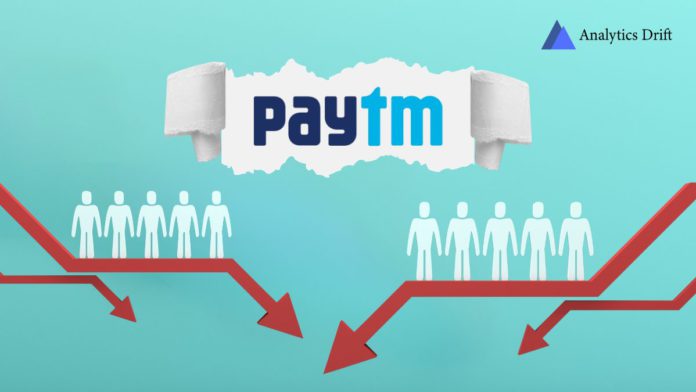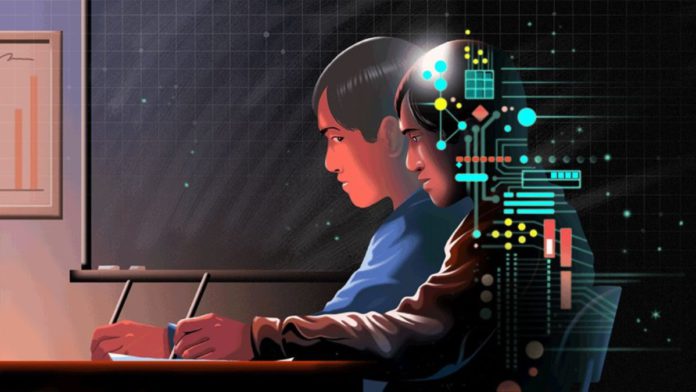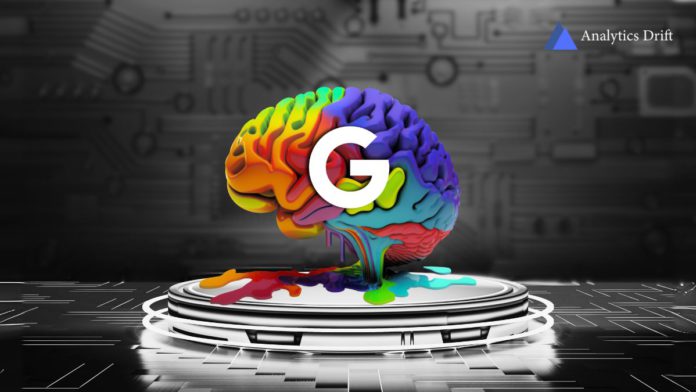In the ever-evolving landscape of the cryptocurrency market, investors and entrepreneurs are constantly on the lookout for new opportunities. Two popular fundraising methods that have gained significant attention are Initial Coin Offerings (ICOs) and Security Token Offerings (STOs). Each comes with its own set of advantages and disadvantages, catering to different needs and objectives within the crypto space. In this article, we’ll explore the differences between ICOs and STOs. To effectively invest in crypto.
Initial Coin Offerings (ICOs): Riding the Wave of Cryptocurrency Hype
ICO Fundamentals
Initial Coin Offerings, commonly referred to as ICOs, burst onto the scene with the meteoric rise of Bitcoin and other cryptocurrencies. Essentially, ICOs enable blockchain-based projects to raise capital by selling tokens to investors. These tokens, often called utility tokens, may serve various purposes within the project’s ecosystem, such as access to services or voting rights.
The Hype and Risks
ICOs were initially hailed as a revolutionary way to fund blockchain projects. The low entry barriers and potential for astronomical returns attracted a large number of investors, resulting in a frenzy that resembled the gold rush of the 19th century. However, this hype was soon followed by a series of issues, including scams, lack of regulatory oversight, and fraudulent projects.
Security Token Offerings (STOs): The Regulated Alternative
STO Fundamentals
Security Token Offerings, or STOs, emerged as a response to the shortcomings of ICOs. STOs are a more regulated and legally compliant way to raise capital in the cryptocurrency space. Unlike utility tokens, security tokens represent ownership in an underlying asset, such as stocks, real estate, or other financial instruments. This makes them subject to securities laws and regulations.
Regulatory Compliance and Investor Protection
One of the key distinctions between ICOs and STOs lies in the regulatory framework they operate within. STOs are typically subjected to stringent securities regulations, providing investors with a higher degree of protection. This oversight helps to reduce the risk of fraudulent activities and enhances transparency within the market.
ICO vs. STO: A Comparative Analysis
1. Investor Base
ICOs: ICOs attract a broader range of investors due to their lower barriers to entry. Retail investors, including those with limited knowledge of the crypto market, often participate.
STOs: STOs generally attract a more sophisticated and accredited investor base, given the regulatory requirements. This may limit access to a smaller pool of investors.
2. Token Nature
ICOs: ICO tokens are typically utility tokens, offering access or privileges within a project’s ecosystem. They may or may not have inherent value beyond this utility.
STOs: Security tokens represent ownership in an asset, making them inherently valuable and subject to regulatory oversight.
3. Regulatory Compliance
ICOs: ICOs have historically operated in a regulatory gray area, leading to a lack of investor protection and numerous fraudulent schemes.
STOs: STOs are designed to comply with securities laws, offering investors legal protections and transparency.
4. Risk and Reward
ICOs: Higher risk, higher reward. The potential for astronomical gains in ICOs is counterbalanced by the risk of losing entire investments.
STOs: Lower risk, potentially lower reward. STOs are more secure and less prone to fraudulent activities but may offer more conservative returns.
The Role of ICOs and STOs
An online trading platform plays a crucial role in both ICOs and STOs.
ICO Support
For ICOs, the platform offers a user-friendly platform for trading and investing in various cryptocurrency tokens. It provides a secure environment for ICO projects to list their tokens and for investors to participate in token sales. The platform’s commitment to security helps mitigate the risks associated with ICO investments.
STO Compliance
In the case of STOs, the platform ensures strict compliance with regulatory requirements. It verifies the identity of investors to ensure they meet accredited investor criteria, thus maintaining a legal and compliant trading environment for security tokens.
Conclusion: Finding the Right Path
In the world of cryptocurrency fundraising, choosing between ICOs and STOs ultimately depends on an individual’s risk tolerance, investment goals, and compliance preferences. ICOs may offer the potential for higher returns but come with greater risks, while STOs provide a more secure and regulated investment option. Whether you’re an entrepreneur seeking to launch a blockchain project or an investor looking for opportunities in the crypto space, it offers a secure and compliant environment to navigate the complexities of ICOs and STOs, ensuring a safer and more transparent investment journey.











